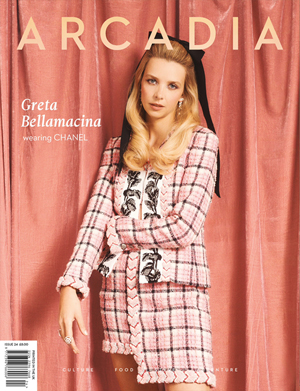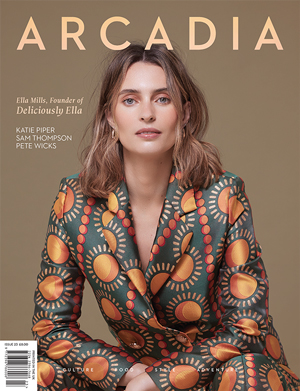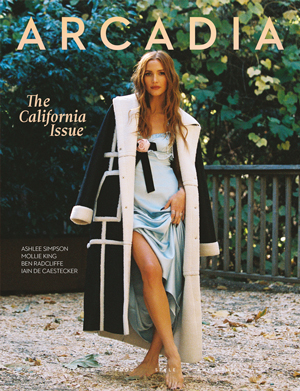Airports, trains, taxis, festival shuttles. Instruments see more curbs and conveyor belts than many suitcases. A good case is not a luxury. It is the difference between playing the show you planned and filing a repair claim you did not.
If you split time between concert halls and boarding gates, it pays to know what real protection looks like. Stores that specialise in string cases, like Great Violin Cases, help you compare shells, suspension systems, and climate features that fit the way you travel.
The goal is simple. Keep the instrument safe, keep the weight down, and keep your hands free through long transfers.
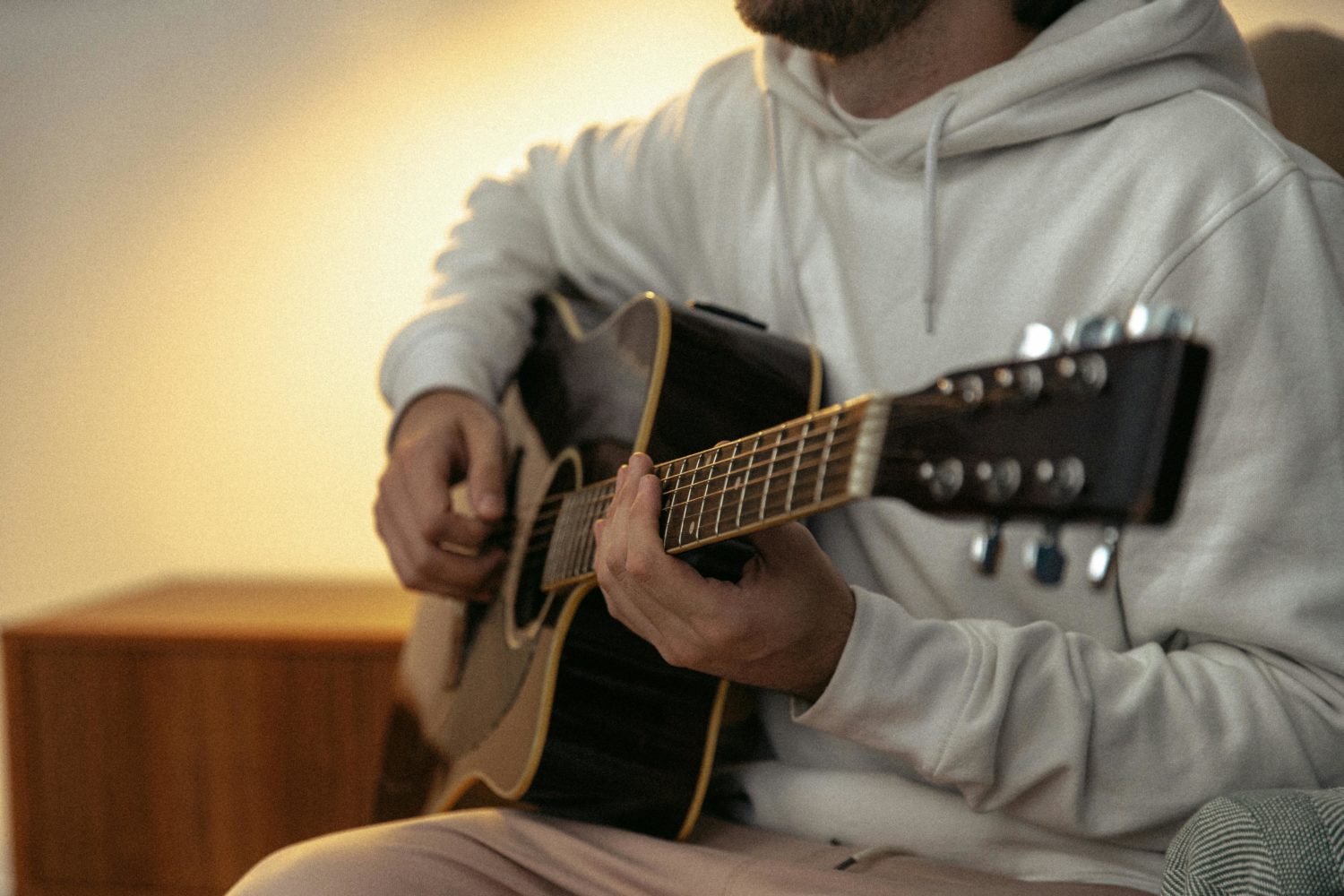
Case Types That Actually Protect
Most violin and viola cases fall into four shell families. Each has tradeoffs in weight, strength, and price.
ABS or Polycarbonate. These molded plastics are common and budget friendly. They resist dents and light rain, and they are easy to wipe clean. Weight is moderate. Protection is solid for daily commutes and regional travel.
Fiberglass. Thicker and stiffer than basic plastics. Fiberglass spreads impact across the shell, which helps on car trips with heavy luggage. Weight is higher than carbon fiber, yet lighter than wood laminate in many builds.
Carbon Fiber. High strength for low weight. These shells feel rigid and handle hard knocks well, which is why touring players like them. They tend to cost more, but the weight savings matter when you walk from gate to gate or climb old staircases at venues.
Wood Laminate. The classic feel and look. A wood core with outer veneers or fabric can take wear and tear for years. Many orchestral pros love the warm interior fit and stable feel. Weight can be higher, so check specs if you carry on foot a lot.
No shell helps if the inside is wrong. Look for a real suspension system that holds the instrument at the blocks, a shaped neck cradle with a strap, and dense foam that does not compress after a few trips.
Bow holders should lock and not rattle. A raised lip at the edge helps seal the lid against dust and light rain.
Latches, Seals, And Hardware That Do Not Fail
Hardware is where many cases cut corners. Open and close every latch several times. Metal latches with a positive click and a secondary lock are more reliable than light plastic snaps. A continuous piano hinge along the back spreads stress.
If you tour in wet places, ask for hardware with corrosion resistance and a gasket around the rim. That gasket reduces moisture swings inside and keeps out grit.
Handles matter more than most players think. A padded side handle should feel balanced when the case is loaded. A subway handle on the end makes tight spaces easier, like boarding a train.
Backpack straps should have metal anchors, not thin plastic rings. If you carry across cities or festival grounds, test the straps and check how quickly they detach when security asks you to lay the case flat.
Climate Control For Wood Instruments
Wood moves with humidity. Violins and violas are most stable around 40 to 60 percent relative humidity. If the air gets too dry, seams can open and fingerboards can drop. If it gets too wet, the top can swell and the sound can go dull.
Choose a case with a fitted interior and space for a humidifier or two. Many players use two-way humidity packs, small sponge tubes, or gel canisters.
Add a small analog or digital hygrometer so you are not guessing. In cold seasons, let the case warm to room temperature before you open it after a flight or train ride. Quick changes are harder on varnish and glue joints than steady conditions.
If your routes include deserts, cabins with strong air conditioning, or winter cities, consider a case with a better seal and thicker insulation. Small choices, like leaving the case closed between sets and storing it away from heaters, keep humidity swings smaller through the day.
Fit, Weight, And Carry Comfort On The Move
The best case is the one you will carry every day. For city players, weight is the top factor. Under 3 kilograms feels very different after a full week of rehearsals and travel. For touring by car, a slightly heavier, stiffer shell may make sense if it stacks well and protects from other bags.
Check the fit with your actual instrument. Measure body length, lower bout, and the overhang at the corners. If the fit is sloppy, the instrument moves and takes the hit.
If it is too tight, hardware can press on edges and varnish. Shoulder rest storage should work without jamming the lid. Bow spinners must clear the tip and frog with the lid closed.
Exterior pockets help on travel days. A flat pocket fits boarding passes and a set list. A deeper pocket handles a light rain jacket or strings. Zippers should run smoothly at the ends, not catch on tight bends. Test them when the case is full, since stress points show up only under load.
Flying Without Stress
Air travel is the hardest test. Know the rules before you book. In the United States, the Department of Transportation states that small instruments may be carried on board if they fit in the overhead bin or under the seat, and if there is space when you board.
Many airlines follow a similar approach elsewhere, but sizes vary, so check the carrier’s cabin baggage page when you buy the ticket.
Choose a compact case that fits common overhead bins. Shaped or dart-shaped violin cases tend to fit more easily than wide oblong cases. Remove any clip-on accessories that add bulk.
Use backpack straps through the airport, then switch to the side handle when you board. That reduces bumps against seats.
Board early when you can. Group numbers matter because overhead space is first come. If cabin bins fill up, ask the gate agent about a closet space near the front.
If a check is required on a regional flight, loosen the bow hair slightly and add soft clothing around the scroll and endpin area so the instrument cannot shift. Ask for gate check, not a normal luggage drop, so you pick the case up planeside.
A Simple Care And Packing Routine
Small habits compound over a long season. Wipe the instrument and bow stick after every set so rosin does not build up in the case. Keep a short checklist for the front pouch.
Strings, peg compound, microfiber cloth, spare mute, small tape measure, humidity packs, and a compact multitool with separate screwdriver heads for chinrest hardware.
When you pack the case, secure the neck strap and bow spinners every time, even if the ride is short. Keep sharp objects away from the top plate.
Clip keys and loose metal to a small ring in the outer pocket, not inside near the ribs. If the forecast calls for rain, add a light case cover. It adds a thin layer of insulation and keeps zippers from getting soaked.
Label the case with a card inside and a tag outside that flips over. Put your name and email on the inside card, not your full address. For the outside tag, add a phone number.
If you travel across borders, carry a simple proof of ownership and a note of serial numbers. Photos of the instrument and the inside of the case help if a claim is needed.
What To Buy First, And What To Upgrade Later
If you are starting from a student case, the first upgrades that pay off are a better shell, a true suspension interior, and strong hardware. Those three reduce the most common risks, which are drops, side impacts, and latch failures.
Next, add useful comfort features, like better straps, a subway handle, and a case cover for bad weather. Last, refine storage, like a cleaner bow holder layout and a more accurate hygrometer.
For players who tour often, carbon fiber with a reliable seal is a good target. For local work with a lot of stacked gear, fiberglass or wood laminate can be a smart balance.
If you own more than one instrument, consider a case brand with consistent sizing so pads and covers swap across models without fuss.
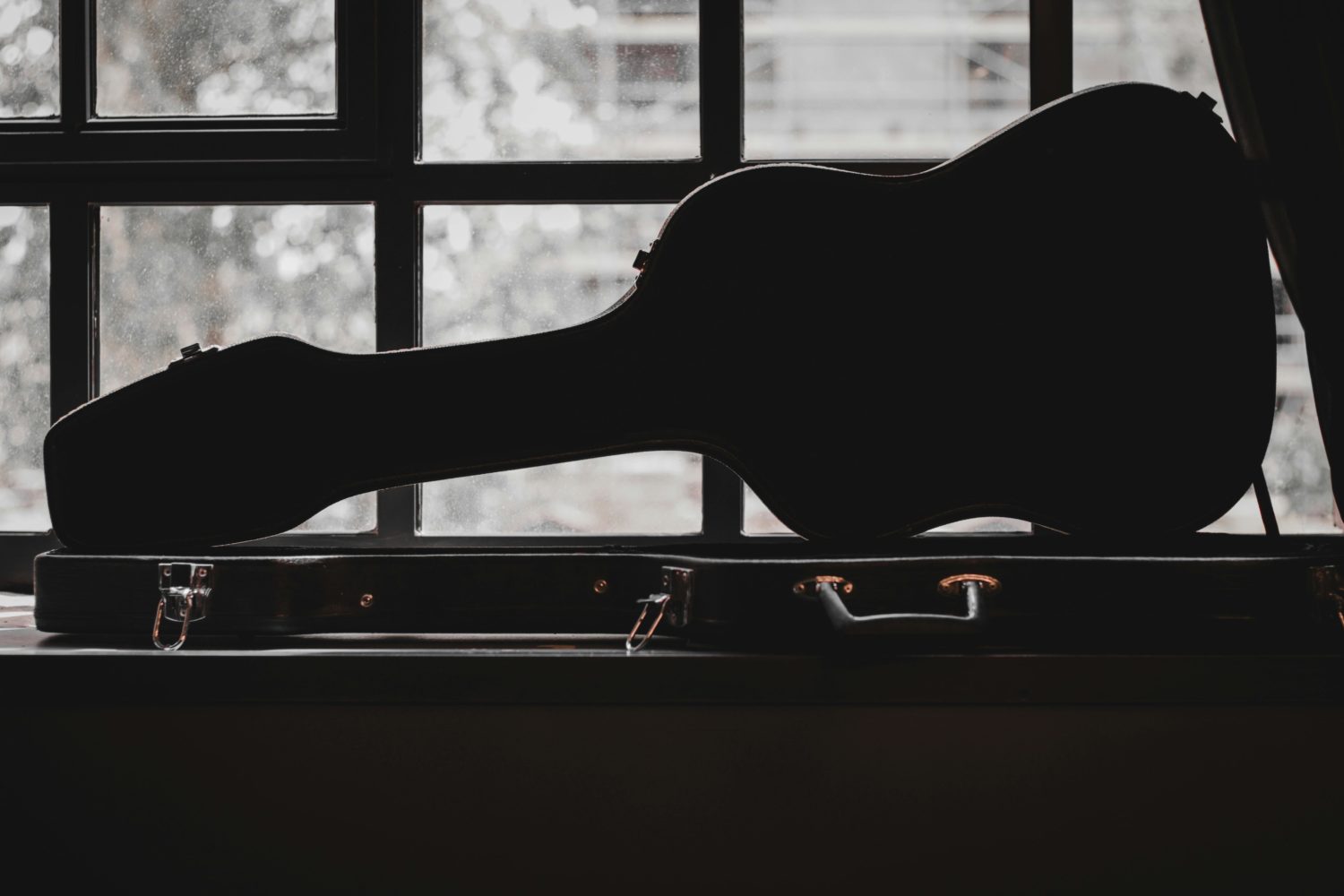
Takeaway
A well-chosen case does not need to be flashy. It needs to work, day after day, from curb to stage and back again. When you match shell, fit, climate control, and carry comfort to your travel plans, you spend less time worrying and more time making music.





